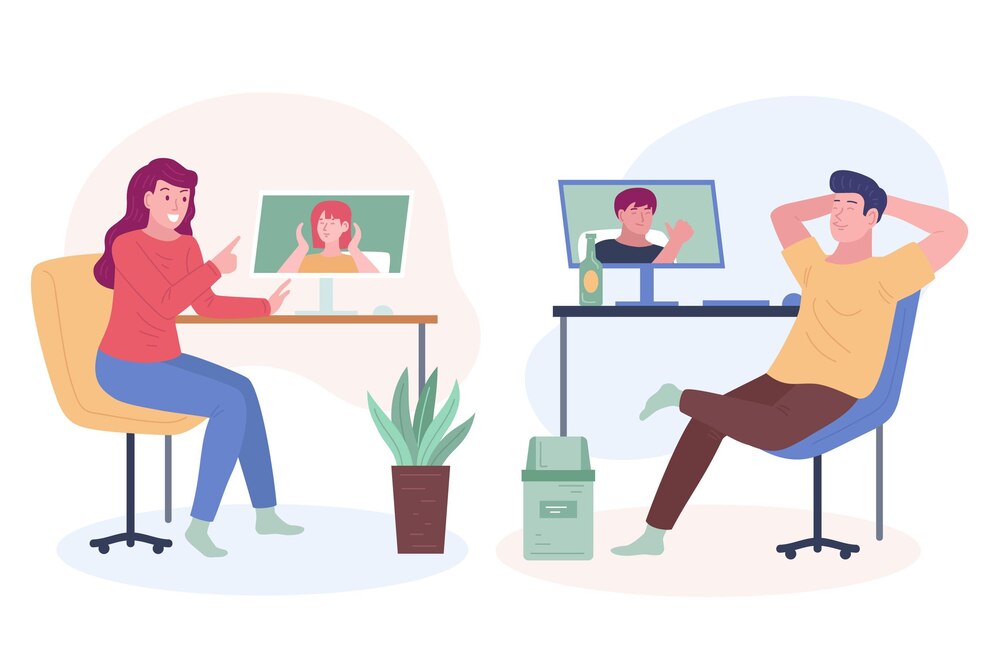Virtual mediation has become a mainstay in the legal profession, including cases involving workers’ compensation and personal injury. What began as a necessity during the pandemic is now the default method for resolving disputes of all sizes. It’s efficient. It reduces travel. It keeps everyone comfortable in their own environment.
But just because virtual mediation is convenient doesn’t always mean it’s the right fit, especially in high-stakes cases. There are times when physical presence changes the dynamic in meaningful, outcome-shifting ways.
Being in the “Room Where It Happens”
Ringler consultants regularly participate in virtual mediations and agree that they work well for many cases. They’ve also witnessed the power of being in the room when connecting with injured workers and their attorneys.
In-person mediation allows for informal moments and side conversations that just don’t happen over Zoom. When the mediator steps into the other room, it opens up space for quieter, more personal dialogue. That’s when consultants often discover essential details: a desire to pay off debt, a wish to help a family member, or a concern about future financial stability.
Uncovering Options and Possibilities
Understanding these personal motivations makes it possible to offer creative, customized settlement structures to better meet the injured party’s goals. For example, in one recent case, a client mentioned wanting to support a grandchild’s education. The consultant suggested structuring part of the settlement to provide tax-free monthly payments that could be used for tuition or even a down payment on a future home. The client hadn’t realized that was an option. It’s the kind of connection — and opportunity — that’s more likely to happen in person.
From a consultant’s perspective, being in the room allows real-time quote generation and tailored solutions. Modern technology lets Ringler consultants quickly produce and share detailed proposals at the settlement table. They can explain benefits, answer questions, and adapt on the spot. That immediacy often helps bridge valuation gaps and move parties toward agreement.
There’s Science Behind Face-to-Face Interaction
Decades ago, psychologist Albert Mehrabian broke communication down into three parts: 55% body language, 38% tone of voice, and only 7% actual words. In complex, high-emotion cases, nonverbal communication is critical.
This principle is especially true in workers’ comp cases involving permanent total disability, attendant care, or complex Medicare Set-Aside (MSA) considerations. When real lives and long-term futures are discussed, subtle cues, tone, and energy in the room matter. Attorneys, adjusters, mediators, and consultants rely on those in-person dynamics to read the situation, build trust, and help move toward resolution.
In short: workers’ comp claimants aren’t spreadsheets. They’re people. And in person, their stories can be heard and understood more deeply.
A Thoughtful Approach to Mediation Format
There’s no one-size-fits-all policy, but firms can benefit from setting intentional guidelines for when to go virtual versus in-person. Some possibilities include:
- Starting with virtual mediation, then moving to in-person if progress stalls.
- Setting a claim value threshold to determine format (e.g., under $100,000 virtual, over $500,000 in-person).
- Using hybrid models where key players attend in person and others join virtually.
- Including structured settlement consultants in person for cases involving complex financial or care-planning needs.
Being deliberate about the format helps ensure that efficiency doesn’t come at the expense of outcomes.
Showing Investment Through Presence
There’s a difference between sending something and delivering it. Physical presence signals commitment, whether from an attorney, an adjuster, or a settlement consultant. For injured workers and their families, it shows that someone is showing up for them, not just logging in.
And when it comes to finding creative, individualized settlement solutions, that presence matters. Ringler consultants are trained to listen deeply, uncover needs, and help design financial plans that bring peace of mind. Those conversations are most effective when they happen face-to-face.
Virtual mediation has earned its place. But in high-value, high-impact workers’ comp cases, the power of being in the room shouldn’t be underestimated. Sometimes, it’s the best way to get everyone to “Yes!”
Ringler Settlement Consultants:
• William Mathews III (wmathews@ringlerassociates.com – (813) 431-7533)
• Scott Hoover (shoover@ringlerassociates.com – (407) 478-6622)
• Jeffrey Klugerman (jklugerman@ringlerassociates.com – (954) 349-2033)

